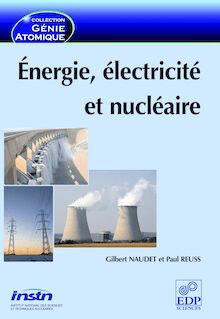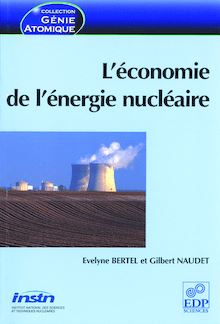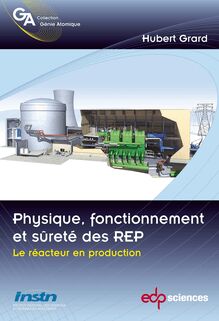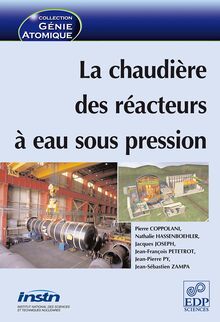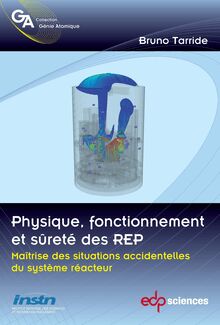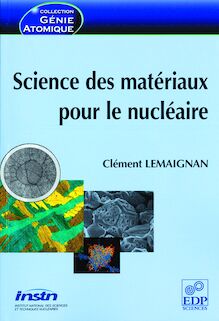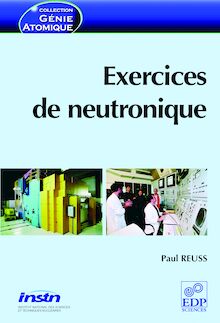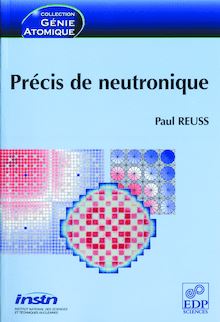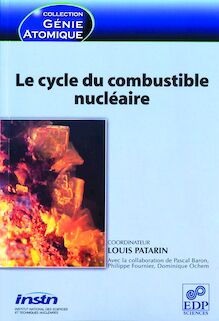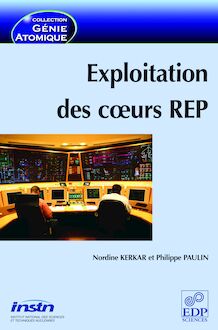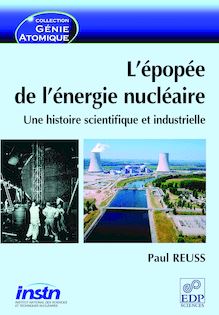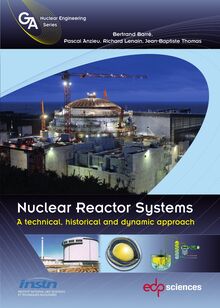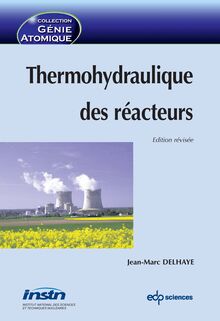Nuclear Reactor Systems , livre ebook
433
pages
English
Ebooks
2016
Obtenez un accès à la bibliothèque pour le consulter en ligne En savoir plus
Découvre YouScribe en t'inscrivant gratuitement
Découvre YouScribe en t'inscrivant gratuitement
433
pages
English
Ebooks
2016
Obtenez un accès à la bibliothèque pour le consulter en ligne En savoir plus
Publié par
Date de parution
03 mars 2016
Nombre de lectures
1
EAN13
9782759819850
Langue
English
Poids de l'ouvrage
75 Mo
The evolution of nuclear reactors since the 1942 Fermi experiment can be described along the lines of natural history, with an initial flourish of uninhibited creativity followed by a severe selection process leading to a
handful of surviving species, with light water reactors occupying most of the biotope today.
The is book combines four approaches:
- A descriptive one. This gives an overview of the main strengths and weaknesses of the different reactor systems.
- A historical approach, from the 1940’s to nowadays, with an extrapolation to the near future. The LWR dominance being firmly established, what is the next step?
- An axiomatic approach. Starting with a set of long term criteria concerning the fuel cycle sustainability, a conceptual solution is established, and then a family of reactor systems is selected for development and qualifycation.
- A dynamic approach. In the early 2000s, the prevailing image combined a “nuclear renaissance”, a strong limitation of the greenhouse gases concentration and a dynamic growth of the world economy. Updating the strategy in the wake of the last decade events requires a sharper understanding of the driving forces as well as of the influence of the post-Fukushima safety framework on the design constraints.
All the books of the “Génie Atomique” series have adopted an instructional approach. Initially intended for INSTN’s students, they can be greatly helpful to physicists and engineers involved in the development or operational aspects of nuclear power.
Publié par
Date de parution
03 mars 2016
Nombre de lectures
1
EAN13
9782759819850
Langue
English
Poids de l'ouvrage
75 Mo
